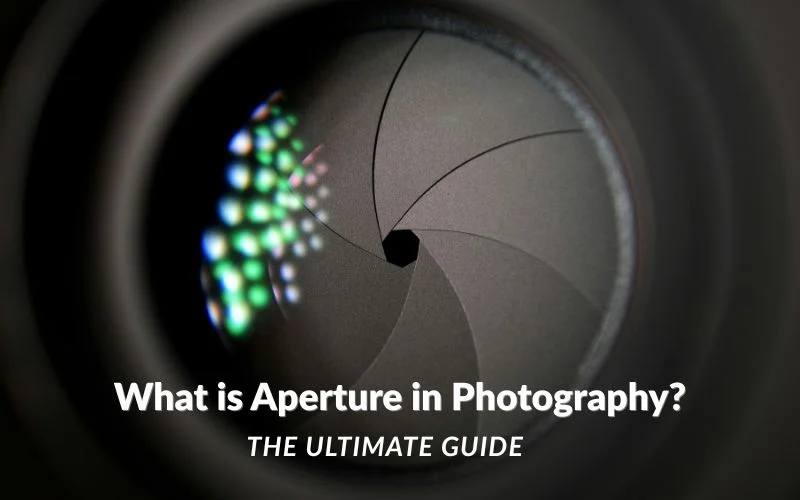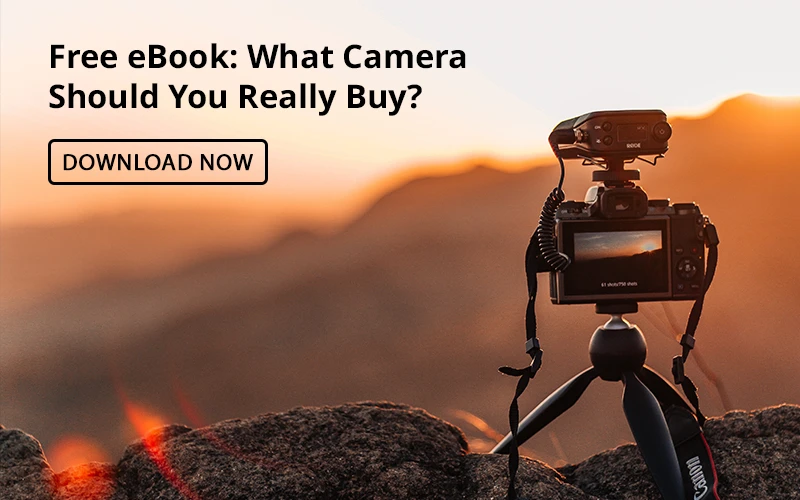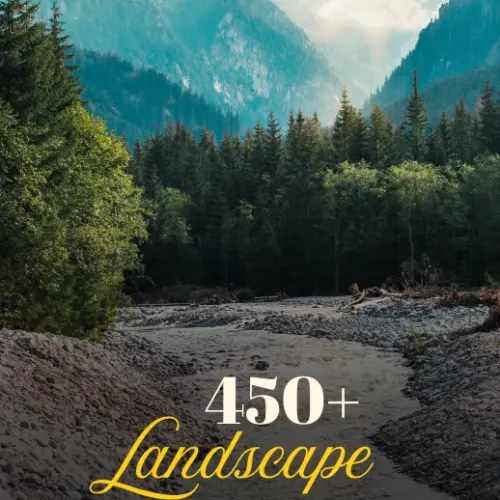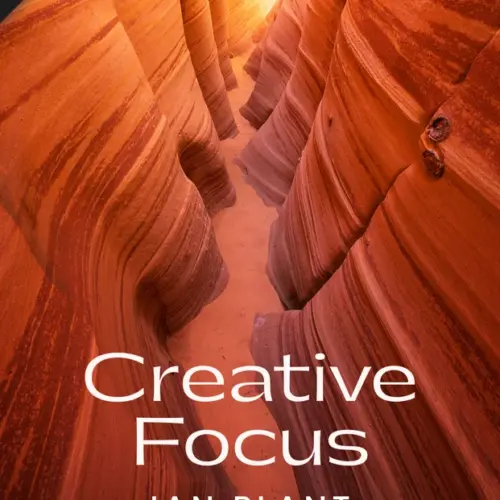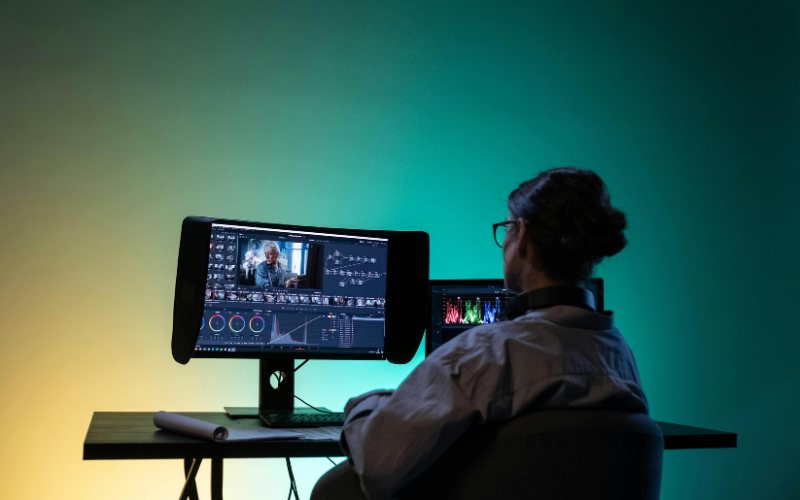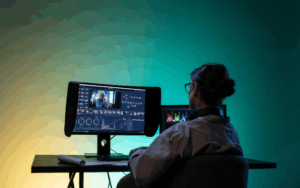Aperture is one of the three pillars of the exposure triangle, alongside shutter speed and ISO. But it’s also one of the most creative tools in photography.
If you’ve ever asked yourself what aperture is in photography, then this blog is for you. This ultimate beginner’s guide will walk you through everything step by step.
Table of contents
What Is Aperture In Photography?
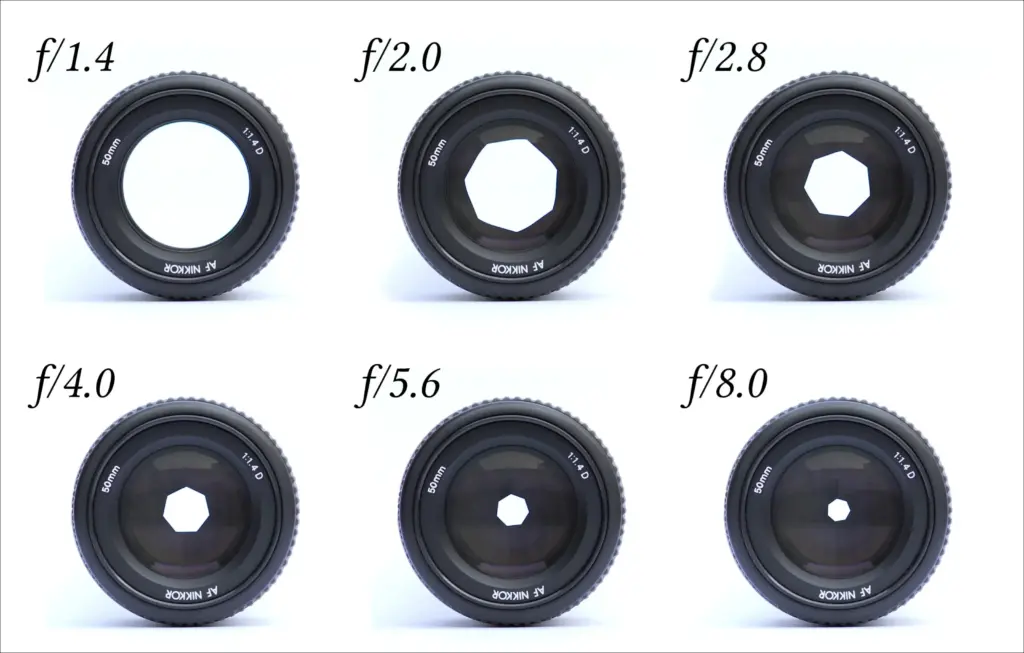
Aperture can be explained as the lens opening through which light travels to enter your camera. This concept is easy to understand when you think about how your eyes work. When you transition between environments with bright or dark light, the iris in your eye opens or closes to control the size of the pupil.
In the case of your camera, the “pupil” of the lens is called the aperture. You can either open or close the aperture to let more or less light into the camera sensor. Aperture can add dimensionality to your photos by controlling the depth of field. One extreme produces a beautiful shallow-focus effect with a blurred background, which is very popular among portrait photographers.
The other extreme yields sharp images with everything in focus, from the nearby foreground to the distant horizon. This is also a technique that landscape photographers frequently use.
Then, one last thing to think about is that the aperture you select will also change the exposure in your image and alter the brightness or darkness of an image.
You might also like: Tripod vs Monopod: Which One Truly Fits Your Photography Needs?
What Are F-Stop & F-Number?
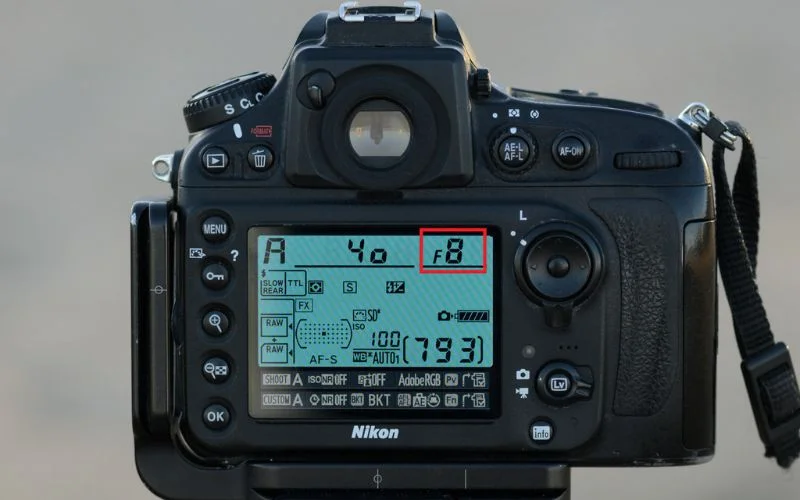
The focal ratio (also known as the f-stop or f-number) is a camera setting that affects the size of the aperture to control how much light is allowed through the lens, which ultimately affects exposure of the photo and/or depth of field.
A smaller f-number (like f/2.8) means that the aperture is wider, allowing more light to enter, resulting in a shallow depth of field where the subject is in focus and the background is blurry.
A larger f-number (such as f/16) means that the aperture is narrower, allowing less light to enter the camera, and creating a larger depth of field where more of the image is in focus.
How Is Aperture Measured?

Aperture is measured in a unit called f-stop. A lower f-stop means that the aperture is more open, allowing more light to enter your camera. A higher f-stop means that the aperture is more closed down (or smaller) and lets in less light.
The f-stop is also calculated by dividing the focal length of the lens by the diameter of the aperture. Using a lens with a focal length of 50mm and an aperture diameter of 25mm, the f-stop would be 2 (50/25).
Simply put, a higher f-stop will produce an image with a small amount of focus. A lower f-stop will produce a photograph in which there is more area in focus.
Your next read: A Beginner’s Guide to the Indispensable Exposure Triangle
What Does Aperture Affect?
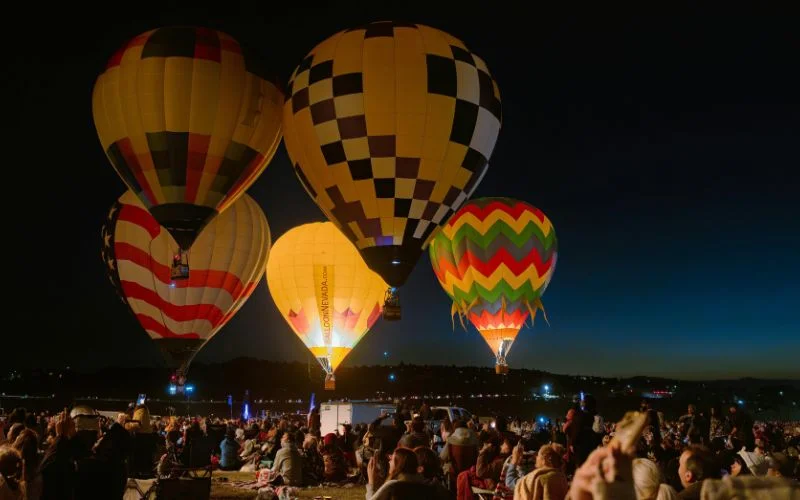
1. Exposure
Aperture impacts your photos in varying ways. The most apparent is that it affects the brightness (or exposure) of your images. Changing the size of the aperture alters the total amount of light that reaches the camera’s sensor, and consequently, the brightness of the captured image.
A large aperture (a larger opening) allows more light to pass through, resulting in a brighter picture. A small aperture does the opposite, making a picture darker.
In low-light conditions – such as indoors or at night – you’d probably want to choose a larger aperture for maximum light capture. This is the exact reason why our pupils dilate when the lights start to dim; our pupils are the aperture of our eyes.
2. Depth Of Field
Depth of field (DOF) refers to the distance between the closest and farthest objects in a scene that conceivably have well-defined detail, or are ‘sharp’, and not unintended or ‘unsharp’ detail. It is essential to understand that depth of field is not an absolute quantity but is also relative to the subject distance from the camera.
The size of the camera aperture, or f-stop amount, determines the depth of field in the image. A small aperture (associated with a large f-stop) allows for a large depth of field, and a large aperture (associated with a small f-stop) allows for a shallow depth of field.
Learn to create (Fake) shallow depth of field in Photoshop in this tutorial.
3. Image Sharpness
Your aperture setting also plays a role in overall image sharpness. Very wide apertures (such as f/1 or f/1.8) may slightly reduce overall sharpness due to lens aberrations.
These are physical defects that cannot be entirely avoided by the physics and materials used. Very small apertures (like f/22) introduce diffraction, which reduces sharpness as well.
How To Choose The Right Aperture?
1. Portrait Photography
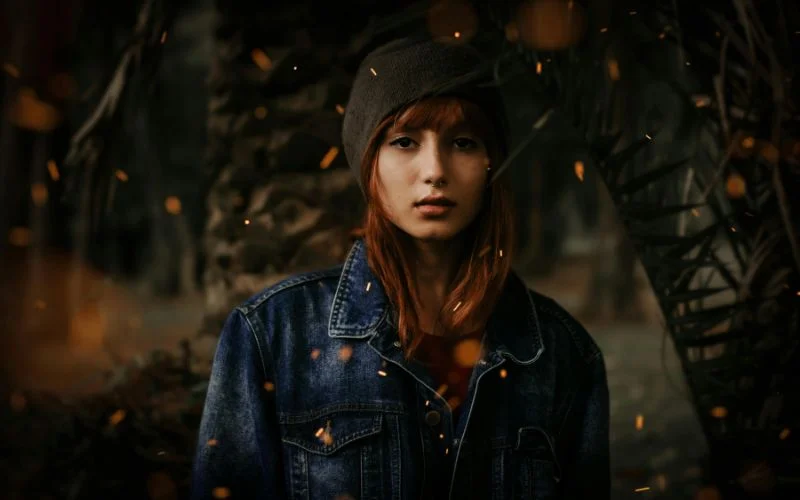
Portrait photography emphasises the subject and any of its small distinguishing features. To create a separation from your subject, use a wide aperture such as f/1.4, f/2.8, or even f/4.
All of these will yield a fairly shallow depth of field, or in other words, the blurry background that comes with a sharp focus on the subject.
2. Landscape Photography
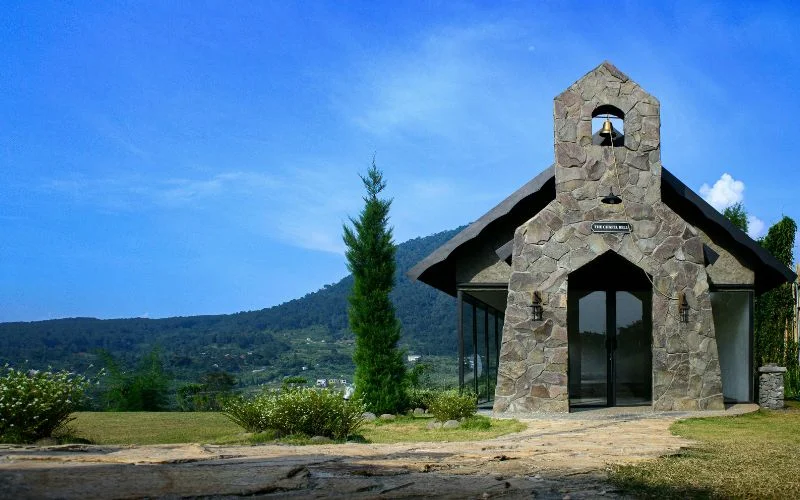
In landscape photography, you’re trying to capture the beauty of the entire image, from the rocks in front of you to the clouds far away, and you’ll need a small aperture, such as f/11 or f/16, to do this.
A small aperture increases depth of field, meaning everything that slices through the image will be sharp and detailed. The smaller the aperture, the less light let in, meaning you’ll attain a wonderful image, depending on the clarity and texture in your photo.
3. Macro Photography
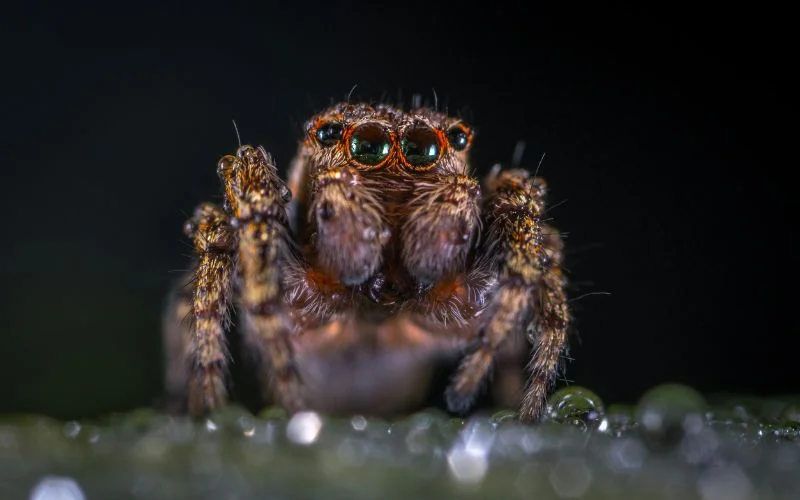
Macro photography allows you to experience the small world up close. However, photographing at such close distances is not without its problems: any subtle change in focusing results in some blur to the subject in the image.
A mid-range aperture, such as f/4 or f/5.6, is the best compromise between sharpness and depth of field. If you go too wide, you will lose details of the subject; and, if you go too narrow, you will either risk lens diffraction or long exposure times.
Check out this fantastic tool: Focus Projects 4 – For Professional Macro Photos
4. Street Photography
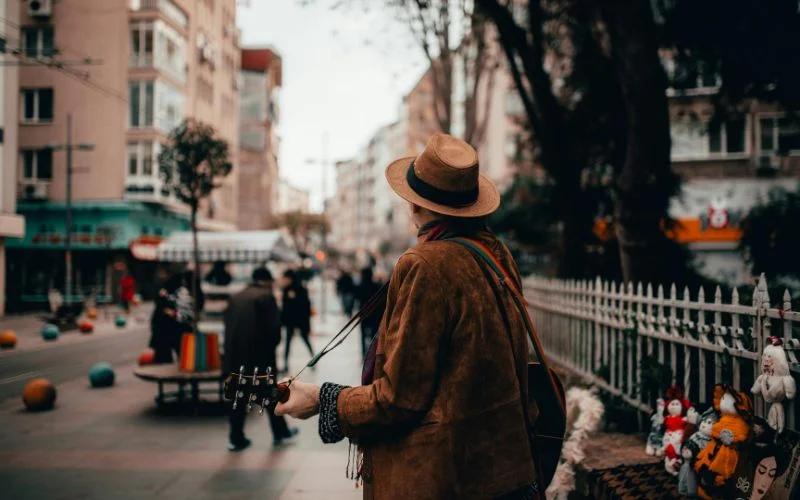
Street photography is fast, spontaneous and full of life. You frequently shoot in unanticipated lighting, you capture moments that last only a brief second before they’re gone.
An aperture between f/5.6 and f/8 works well in this world of photography, as it provides enough depth of field to focus on the subject while also retaining detail in the background. This setting allows you to catch moving people or cars in the frames, but also gives you enough depth of field to reveal the ebb and flow of the street.
5. Sports Photography
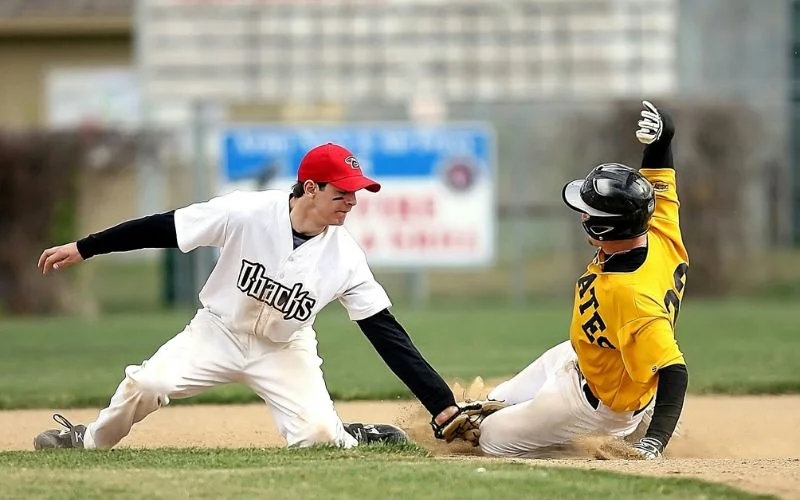
In sports photography, every millisecond matters. Athletes move quickly, and you need a setting that allows fast shutter speeds while keeping your subject isolated from distractions.
That’s why a wide aperture like f/2.8 or f/4 is ideal. It allows more light into the camera, letting you shoot with faster shutter speeds to freeze action.
Check out these effects for sports shots: Dynamic Sports Lightroom Presets Bundle
6. Night Photography
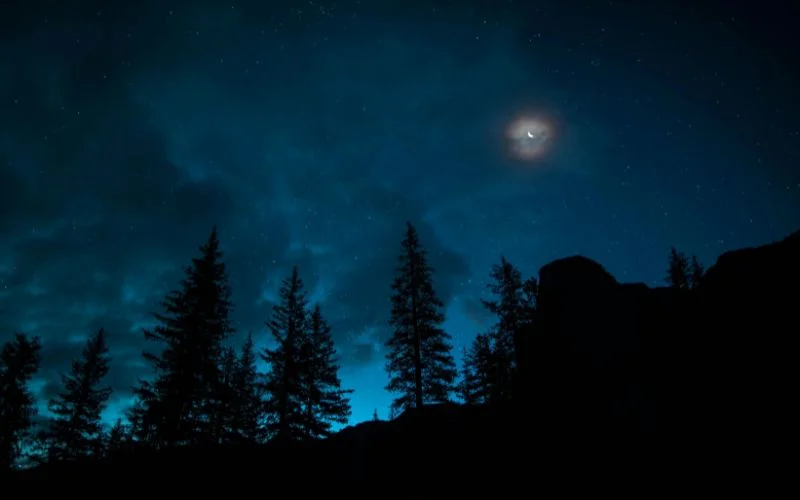
Shooting at night or in low-light conditions can be tricky because there’s very little natural light available. Using a wide aperture like f/1.8 allows more light into the lens, helping you capture brighter images without having to rely too heavily on artificial lighting or increasing ISO (which can add noise).
A wider aperture also allows for faster shutter speeds, thereby reducing the likelihood of blur caused by hand movement.
7. Family Portrait Photography
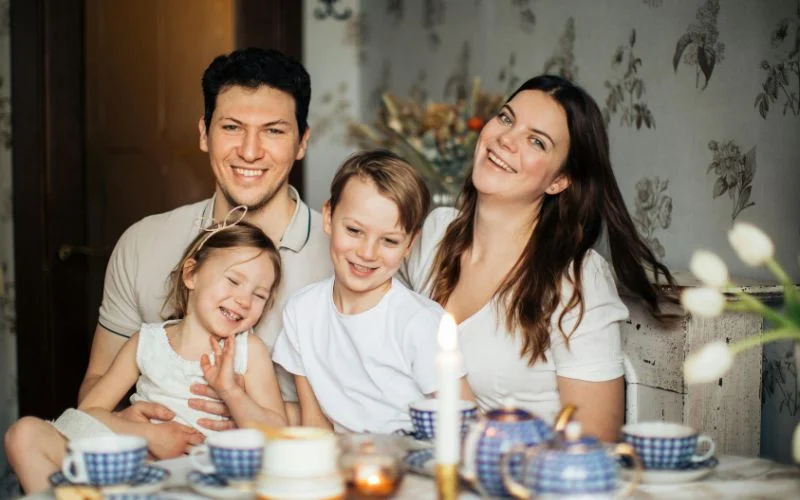
Family portraits usually include several individuals standing at various distances from the camera. You want everyone’s face in focus, and a background that is soft enough not to detract from the group itself. An aperture of around f/5.6 works well for this.
You will have just enough depth of field to make all of the family sharp and defined, while maintaining a subtle blur in the background for depth and warmth in the image.
8. Product Photography
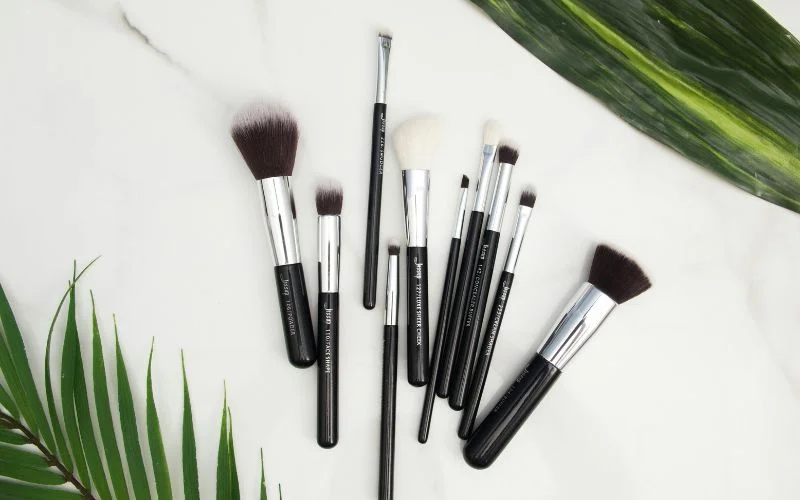
Product photography demands perfection. Every line, texture, and colour must be clearly visible because the image often represents a brand or a product for sale.
A narrow aperture, such as f/11, ensures that your entire subject, from front to back, stays in sharp focus. This range is handy for e-commerce, food, or jewellery photography, where details matter most.
When To Use A Wide vs A Narrow Aperture?
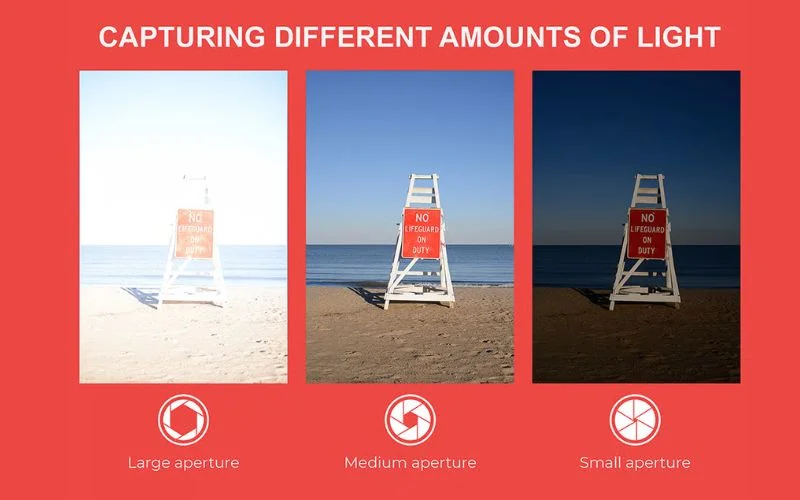
When to use a wide aperture: Use wide apertures when you need more light (for low-light shooting) or when you want to isolate a subject with a soft, blurred background. Wide apertures let in more light and create a shallow depth of field, which helps your subject pop.
When to use a narrow aperture: Use a narrow aperture when you want everything sharp, from the foreground to the background, such as in landscapes or architecture. Smaller openings increase the depth of field (more of the scene in focus), but they let in less light, so you may need a tripod or a slower shutter speed.
Conclusion
So, what is aperture in photography?
It’s the magic dial that helps you control light, sharpness, and emotion in every photo. Mastering aperture means you’re not just taking pictures, you’re crafting stories with light and depth.
So go ahead and switch to Aperture Priority mode; start experimenting today! We hope you now have a clear understanding of what aperture is in photography. Because once you understand aperture, your camera truly comes alive.
FAQs on Aperture In Photography
Q.1 Does aperture make photos brighter?
Ans. Yes, aperture directly affects photo brightness because it is the adjustable opening in a camera lens that controls the amount of light entering the camera.
Q.2 How do I adjust the aperture on a DSLR camera?
Ans. Use the lens aperture ring or camera dial. On some cameras, to set the aperture, you need to hold the AV button and turn the dial at the same time.
Q.3 What is the sharpest aperture of a lens?
Ans. The sharpest aperture for a lens, also called its “sweet spot,” is typically two to three f-stops from its widest (lowest f-number) aperture, with f/5.6 to f/8 being a common range for many lenses. This setting balances the softness at wide apertures with the image-softening effects of diffraction at very narrow apertures.
Q.4 What type of pictures are best taken in aperture mode?
Ans. Aperture mode is best for pictures where you want to control depth of field, making it ideal for portraits (to blur the background) and landscapes (to keep everything sharp).
Q.5 What aperture is best for low light?
Ans. The best aperture for low light is the widest available on your lens, indicated by the smallest f-number (e.g., f/1.8, f/1.4) to let in the most light.
Like this post? Check out more amazing photography content here.
